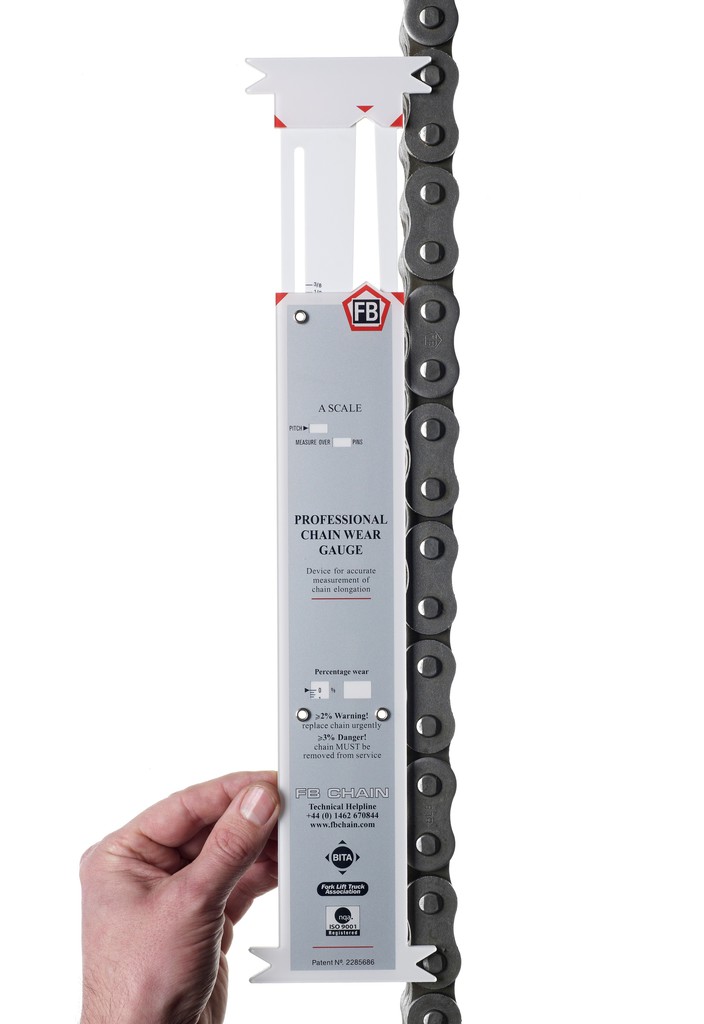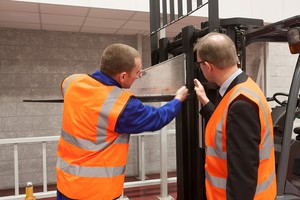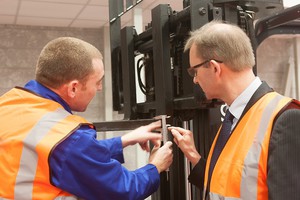
 |
Mark Sennett
Managing Editor |
 |
Kelly Rose
Editor |
| Home> | Handling & Storing | >General Handling | >Steel rules do not rule |
Steel rules do not rule
23 November 2016
The danger of accidents caused by chain wear is one of the most pressing reasons why the HSE first introduced LOLER inspections and, subsequently, the even more exacting procedure for Through Examination. The question is: how best can chain wear be monitored and measured?

The answer is clear, according to Mike Mathias, chairman of CFTS, the accrediting body for the 450+ members of the national scheme for carrying out Thorough Examinations on materials handling equipment of almost every type.
“When checking for chain wear and elongation we require our members to use a precision, self-calibrating chain wear gauge. It is our view that measurements obtained using a steel rule or tape offer greater scope for error, so cannot be guaranteed to deliver accurate, reliable and replicable results.
“Insisting on an accurate chain gauge is one of the operational methods that differentiates CFTS Thorough Examinations from most others.”
CFTS favours the chain gauge because its V-shaped jaws always give positive location on the pins, so that readings are always from the pin’s centre. This means results are both consistent and repeatable.
By contrast, using a tape or steel rule requires a totally steady hand, along with very precise visual alignment, which, depending on the position of the inspector’s eyes, can result in a parallax error. In the field this makes it almost impossible to achieve genuine consistency.
- Accidents happen but what should follow?
- Time to examine the examiners?
- Thorough Examination leaflet
- CFTS board appointment
- Crown director joins CFTS Board
- Forklift truck examinations
- Appointment announced
- Forklift examinations
- Thorough Examinations: Who is responsible?
- CFTS expands technical support
- Reel handling solutions
- See the light with LED dock illumination
- Prevents drive-offs
- Major loading bay project
- New innovations
- Savings get the green light from Stertil Stokvis
- Light fitting looks after local sea turtle population
- ATEX loading bays
- Tailored loading bay design
- Support for surveillance

























